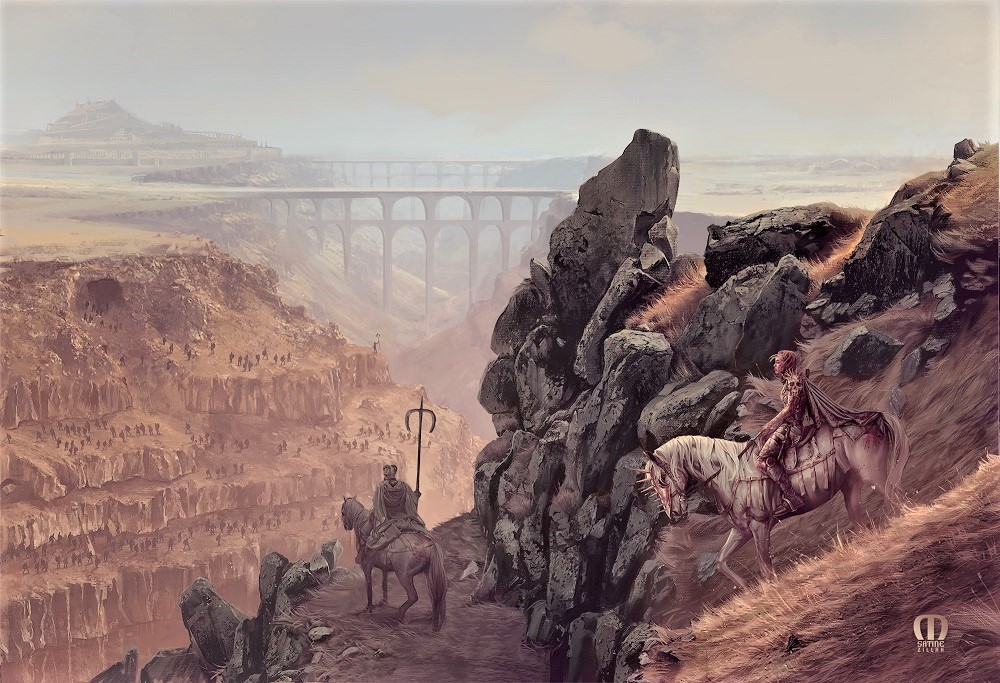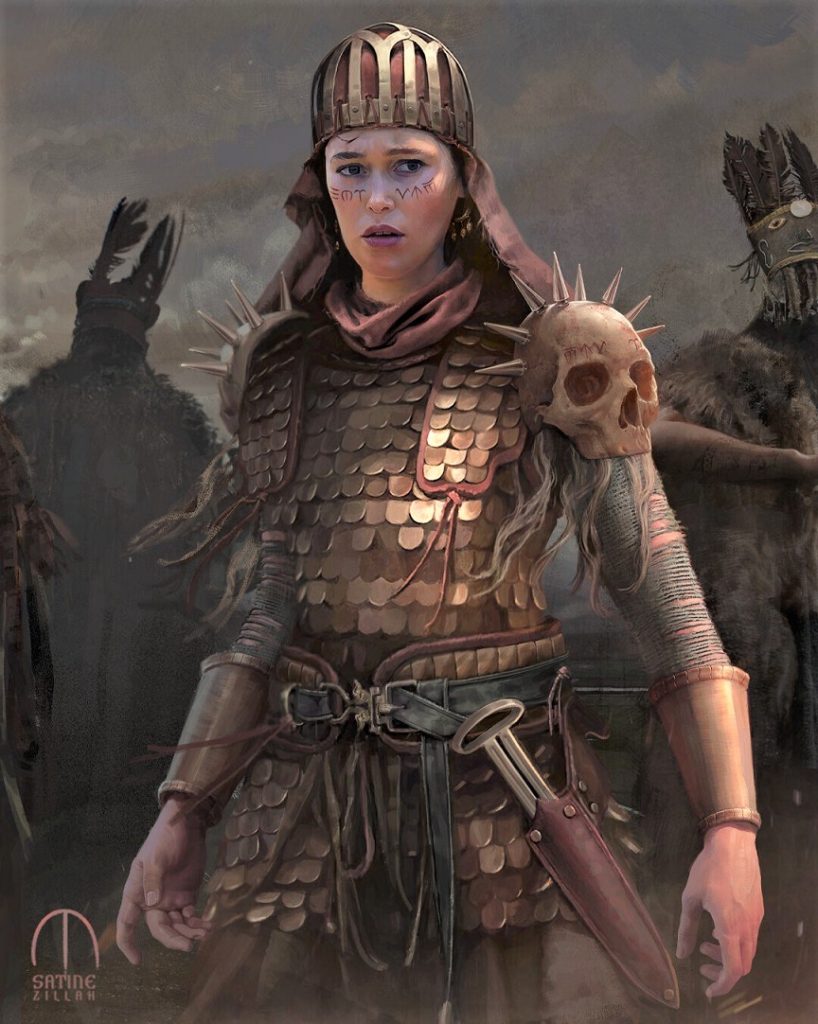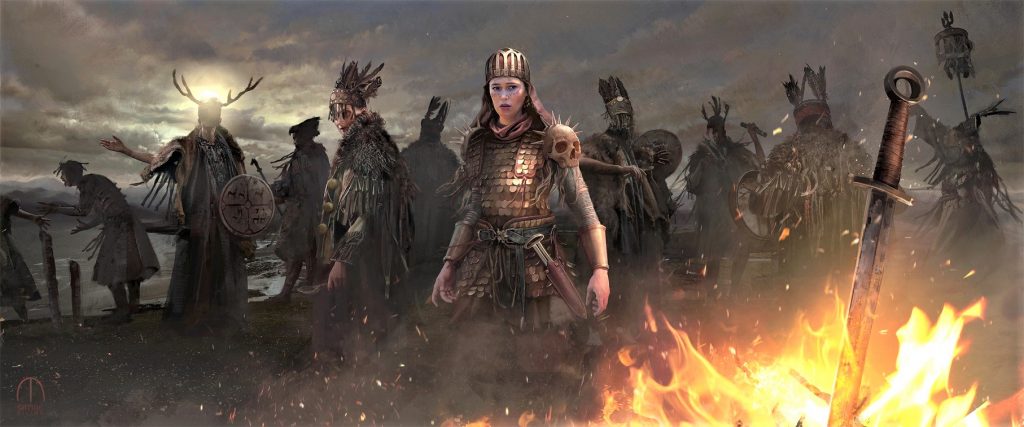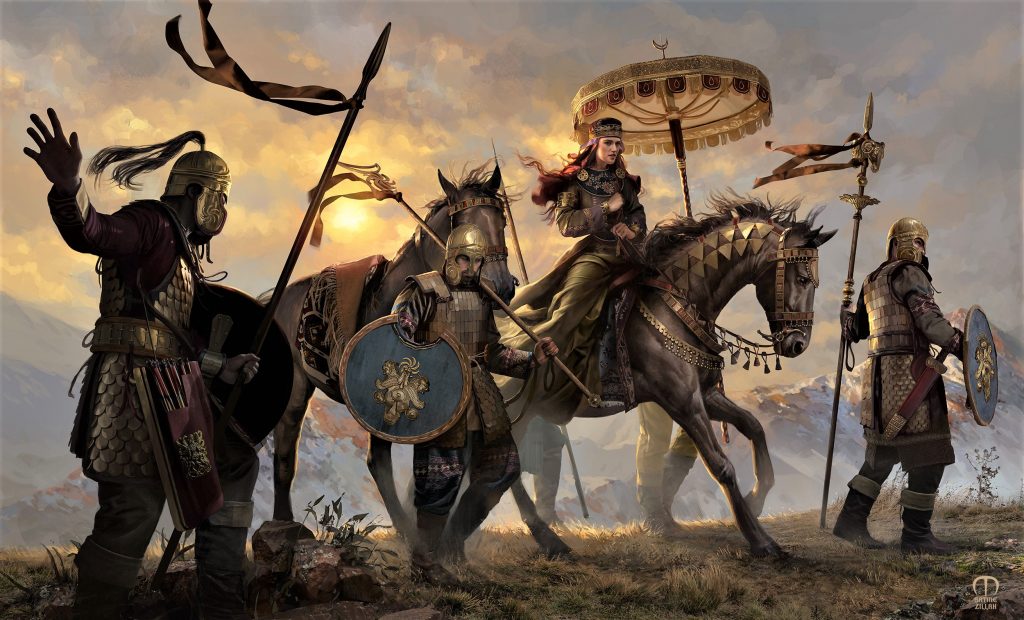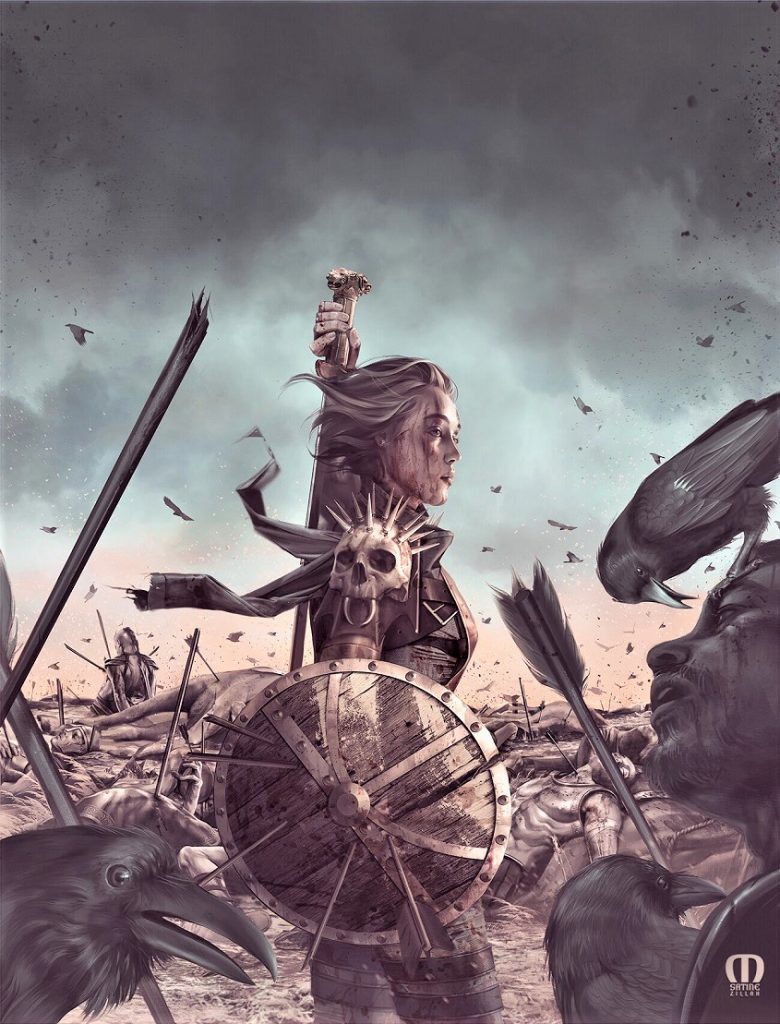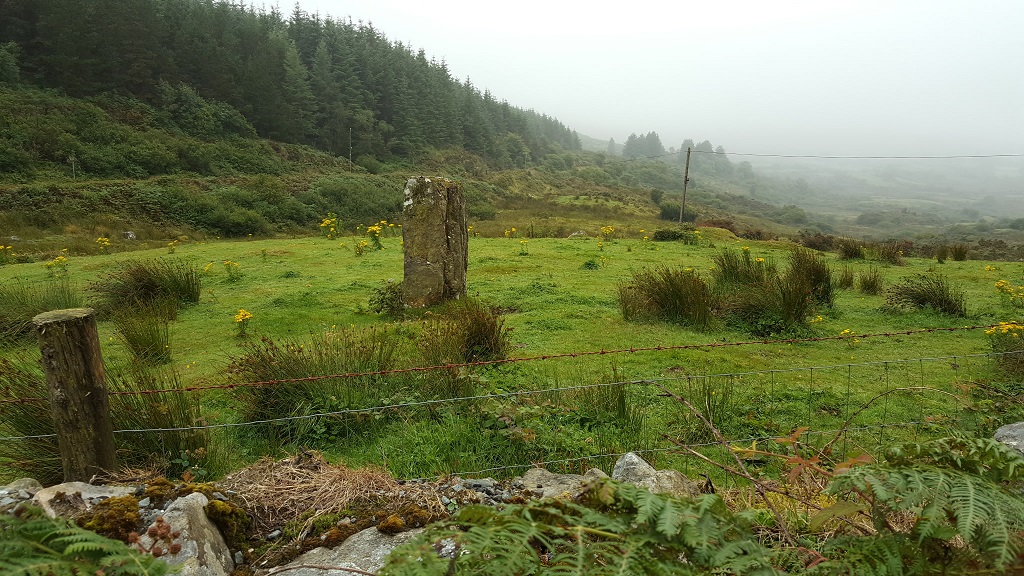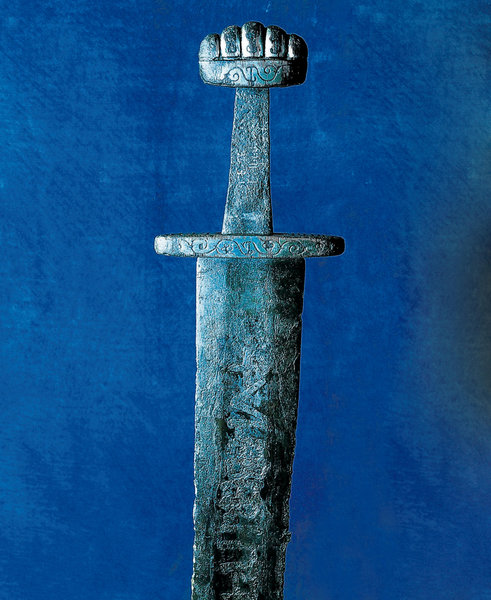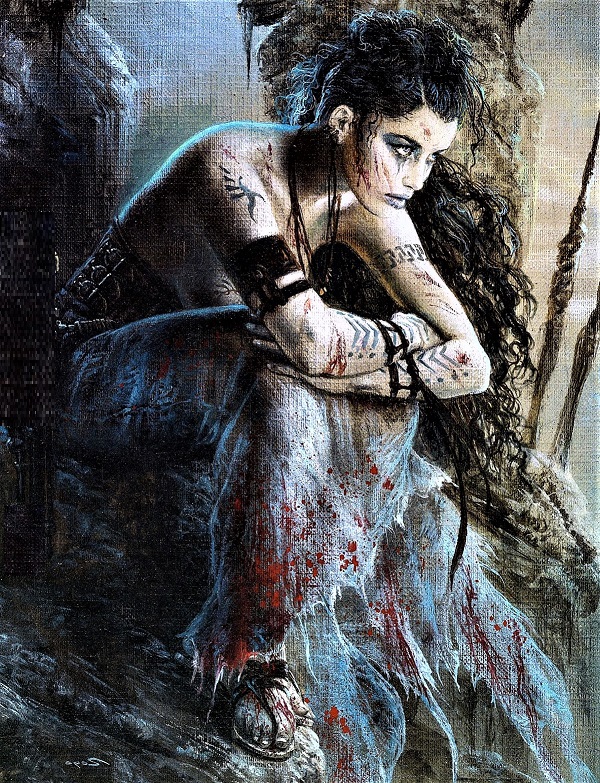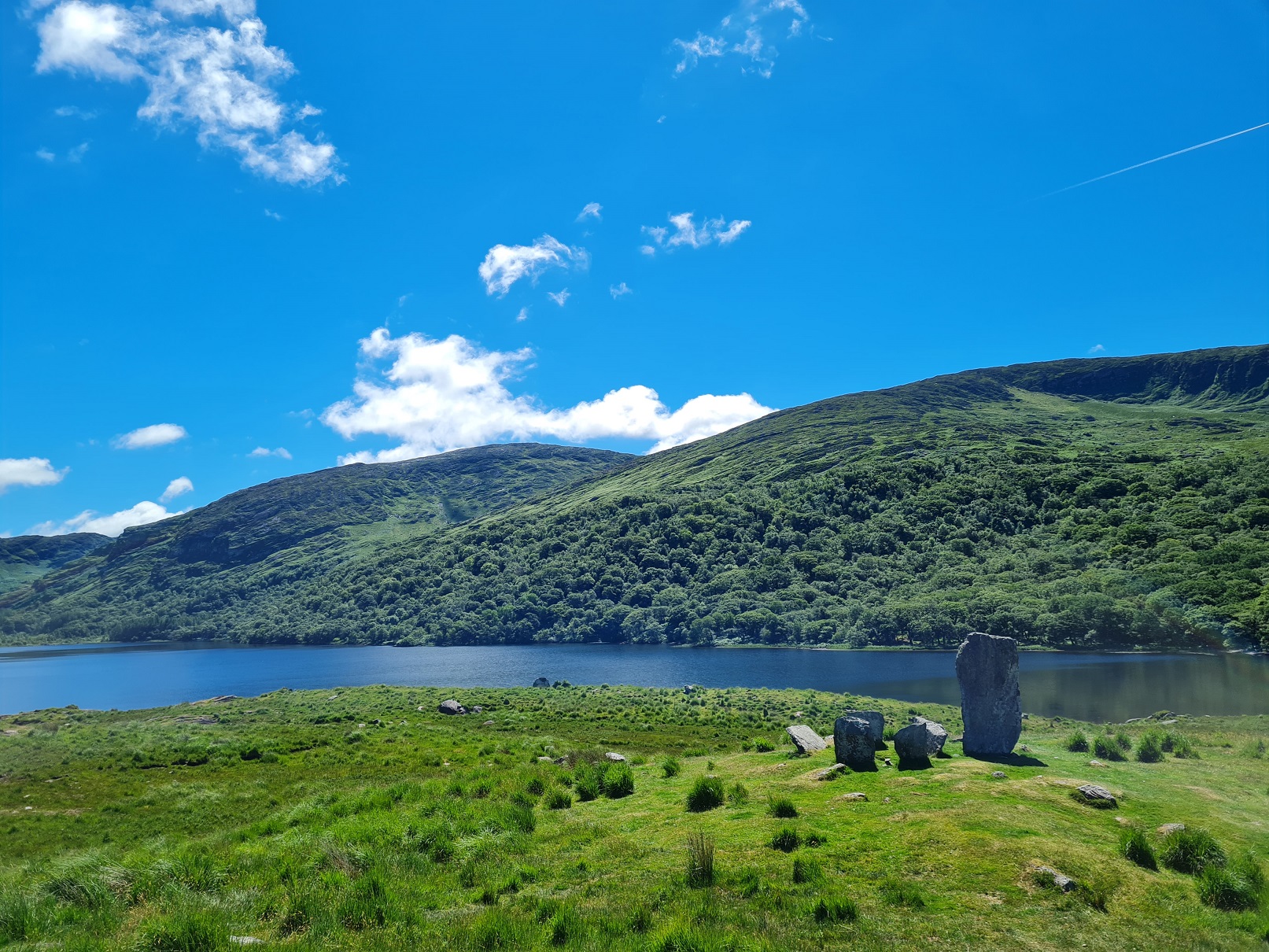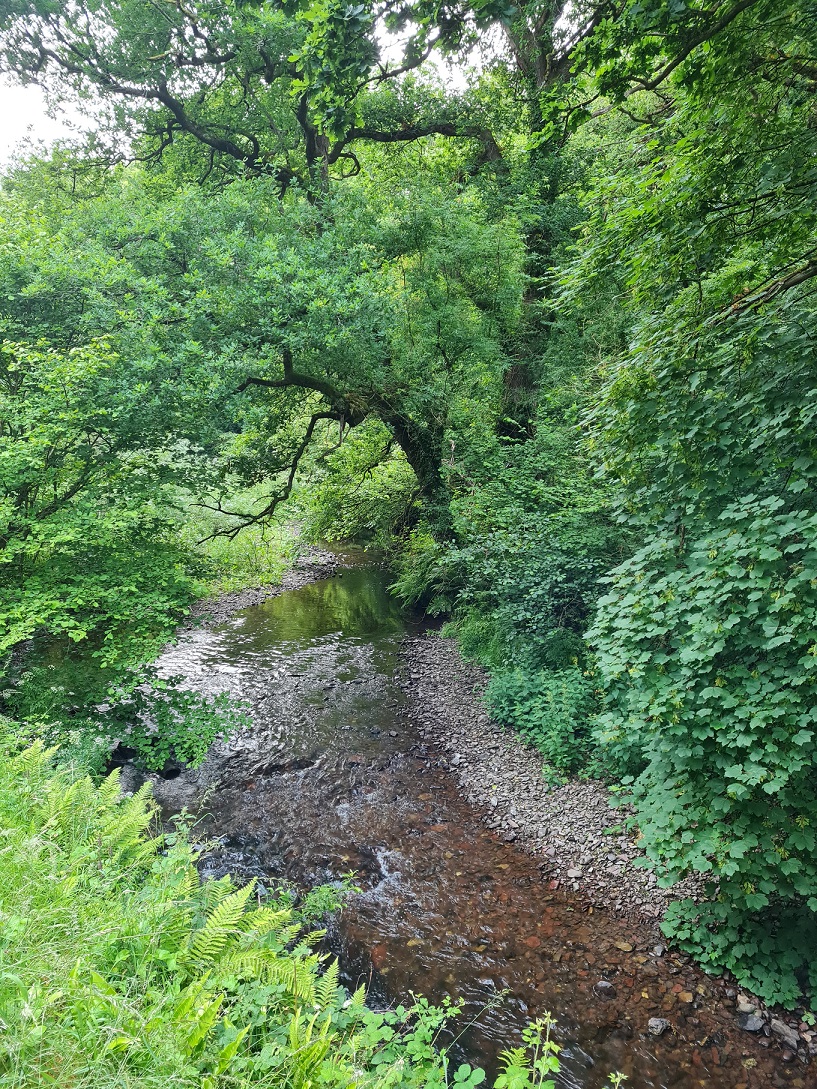
The first book of the Irish Woman Warrior Series has been on a trial sale for the last two weeks but this will soon be coming to a close.
Liath Luachra: The Grey One is probably the favourite book (and Liath Luachra is the favourite character) of readers who follow my mythological adventure stories, so if you want to get a ridiculously cheap introduction to her, you only have a few days left.
And you can find that book HERE
Set against a backdrop of encroaching forest, mythic ruins and treacherous tribal politics, the Irish Woman Warrior Series (or the’ Liath Luachra Series’) is a series of books based on the adventures of the woman warrior Liath Luachra and her mercenary fian (war party), Na Cinéaltaí (The Friendly Ones).
It tells the story of a damaged young woman who can count on nothing but her wits and fighting skills to see her through. Rising above the constraints of her status and overcoming her personal tragedies, she emerges Ireland’s greatest warrior and a protector whose influence lives on one thousand years later.

